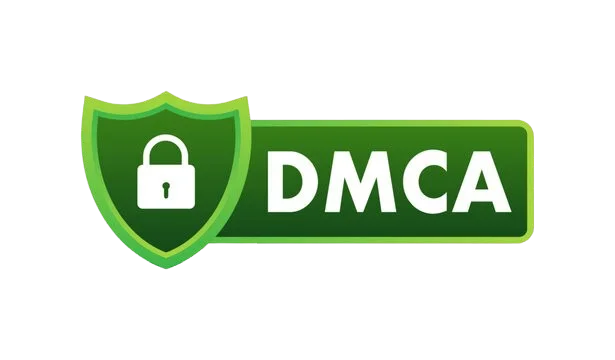FAQ'S
- Home
- FAQ'S
How Does Vin Check Insight Verify Vehicle Inquiry Reports?
With years of experience in the used car industry, we rigorously verify all records by cross-referencing each VIN number against Federal and State databases, documents, and Department of Motor Vehicles records. Our reports provide real-time, accurate information at the moment of generation. We ensure that credible sources include regularly updated federal and state records, DMV services, insurance agencies, auction records, dealerships, financial institutions for liens and loans, car dealers, police departments, and various auctions.
Is a car vin report necessary?
For sellers, gathering, organizing, and providing complete vehicle records may seem demanding. However, buyers typically prefer to transact with verified and documented vehicle owners. This approach not only ensures security for the buyer but also protects the seller, mitigating the risk of legal disputes and misunderstandings, including contract discrepancies.
Why Choose Vin Check Insight Reports Over CarFax?
Vin Check Insight and CarFax utilize the same resources for vehicle history authentication, but Vin Check Insight are priced at 60% less than CarFax for the same comprehensive services and offerings. Our reports never expire and are permanently available for you to keep. Access your vehicle report anytime using the digital link provided on your reports page. In contrast, CarFax reports expire after 30 days, requiring an additional purchase to access the data again. Additionally, Vin Check Insight offers the convenience of sending reports via email and text message, and provides a Bill of Sale form to facilitate secure transactions. Choose Vin Check Insight to save money while enjoying enhanced features.
How to Locate Your VIN Number?
State and federal laws across North America require all vehicle manufacturers to assign a unique 17-digit Vehicle Identification Number (VIN) to each vehicle. This number is essential for proving legal ownership.
Whether your vehicle is new or used, it will have a VIN. Here are the most common locations to find it:
1. a) On the lower left side of the dashboard, visible through the windshield. b) Near the side of the driver’s seat. c) On the rear wheel rims of the vehicle’s mainframe. d) Under the engine hood on a metal plate attached to the engine. e) On the windshield and wipers, visible from outside the vehicle. f) Behind the spare tire. g) Contact your vehicle’s manufacturer, dealership, or previous owner. h) Review documents such as DMV registration, insurance forms, lease agreements, and dealership delivery records.
Whether your vehicle is new or used, it will have a VIN. Here are the most common locations to find it:
1. a) On the lower left side of the dashboard, visible through the windshield. b) Near the side of the driver’s seat. c) On the rear wheel rims of the vehicle’s mainframe. d) Under the engine hood on a metal plate attached to the engine. e) On the windshield and wipers, visible from outside the vehicle. f) Behind the spare tire. g) Contact your vehicle’s manufacturer, dealership, or previous owner. h) Review documents such as DMV registration, insurance forms, lease agreements, and dealership delivery records.
Which VIN Digits Indicate the Transmission Type?
A Vehicle Identification Number (VIN) is a unique 17-digit code that provides detailed information about your vehicle. This code includes data about the vehicle’s manufacturer, assembly plant, and specifications. The digits from the 4th to the 8th position in the VIN convey details about the vehicle’s model, restraint system, engine type, body style, and transmission. Deciphering these codes can be complex. For assistance, consult your mechanic, dealership, manufacturer, or contact our 24/7 support team at Vin Check Insight .
Can I Change My VIN Number?
Under state and federal laws, altering or tampering with a VIN is illegal. It’s also crucial to verify VIN integrity after replacing vehicle parts or accessories. According to California Vehicle Code Sections 10802, 10803, and 10750, tampering with VINs is considered a federal offense, punishable by up to three years in prison and fines up to $25,000. Ensure compliance to avoid legal consequences.
Are VIN and Chassis Numbers the Same?
Yes, the VIN (Vehicle Identification Number) is also commonly referred to as the chassis number. Both terms represent the same unique identifier for your vehicle.
Which Vehicle History Report is the Best?
When selecting a vehicle history report, choose one that offers the most comprehensive verification and in-depth analysis. The best reports thoroughly examine a vehicle’s history across a wide range of factors. At Detailed Vehicle History, we evaluate over 60 verification factors, ensuring a thorough and reliable report. Our reports are certified by authoritative sources such as NADA, NMVTIS, MOT, DMV, KBB, and Edmunds, and come with lifetime validity. We cover essential details like title brands, loan history, branded history, state transfers, previous sales records, and weather-related damages—factors often overlooked by other services due to limited database access.
How to Obtain Your Vehicle History Report
Whether you’re aiming to maximize the resale value of your used car or simply want to assess its true worth, obtaining a detailed vehicle history report is essential. Follow these four straightforward steps to get your comprehensive report:
a) Visit Detailed Vehicle History. b) Enter your email address. c) Input your unique 17-digit VIN (Vehicle Identification Number). d) Provide your phone number for support purposes.
Once your payment is processed, you will receive a lifetime-valid vehicle history report via email. With the Unlimited VIN Lookup package, you can also log in to your account to generate additional reports at no extra cost.





